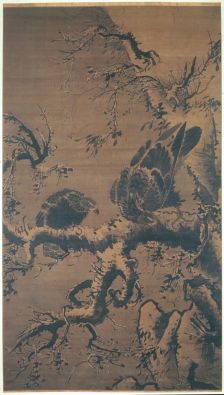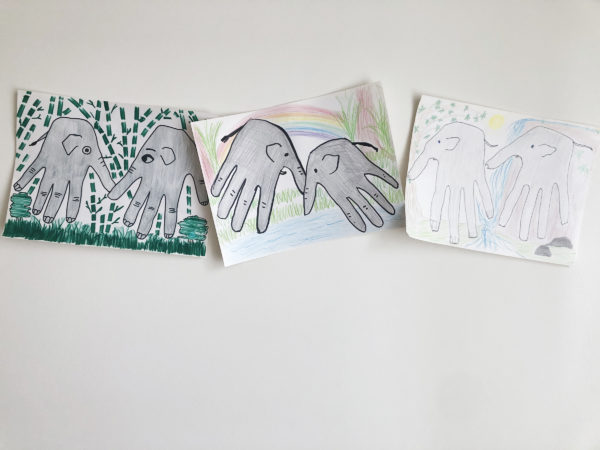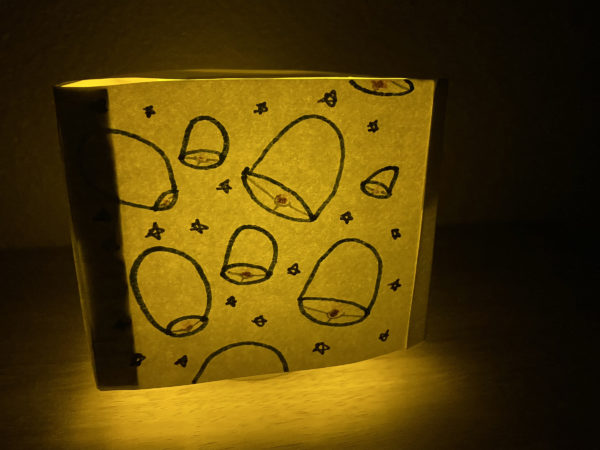Video
The Court of the Ming Dynasty (1368–1644)

The Court of the Ming Dynasty (1368–1644)
Ming Symbols of Hierarchy and Rank
The early rulers of the Ming dynasty (1368–1644) based their political structure on a framework developed under the Tang (618–906) and Song (960–1268) dynasties. The government was, in the broadest terms, divided into two parts: the imperial court and the civil bureaucracy.
The court was concerned with military matters, foreign affairs, and the all-important tasks of maintaining state rituals and ceremonies. Court members came from the imperial clan or had been granted titles by the emperor. These roughly corresponded to conventional Western titles such as prince, duke, marquis, and count — and were hereditary; included in this exhibition are objects from the tombs of members of a single family that held similar titles for eleven generations.
Civil service positions were not hereditary; rather, members of the bureaucracy were selected according to the results of imperially sponsored examinations based on the Confucian classics. Responsible for running the government at the local, provincial, and state levels, this bureaucracy was divided into nine ranks. The highest-level civil servants were stationed at the capital and regularly attended to affairs at court.
Life at Court
The Ming inner court consisted of the emperor and his family members, surrounded by the emperor’s closest advisors, imperial guards, eunuchs (castrated boys and men), women serving a variety of roles, and a retinue of servants.
Organizing daily life in the inner court fell to the eunuchs, who oversaw everything supplied to the imperial family — from food, clothing, residences, and vehicles, to the emperor’s wives and other court women. Female servants worked in close cooperation with the eunuchs. This administrative network was put into place to ensure that every moment proceeded smoothly within the palace.
Each eunuch was appointed to work in one of twenty-four agencies, each of which had a distinct task, such as overseeing one or more offices that organized materials needed by the court. Eunuchs directly or indirectly submitted orders to official factories for these goods. Workshops were located by the court according to their specialties: some outside the palace but within the capital, others scattered in th provinces. Some highly skilled artisans lived in the inner palace so they could be called upon at any time.
Court Entertainment and Pastimes
Members of the Ming court often had large amounts of leisure time, and they spent much of it at sports and board games, music, poetry, painting and calligraphy, and art and antiques collecting. Not all of these activities were engaged in simply for pleasure; indeed, achieving excellence in them was considered the height of character and self-cultivation.
Such activities were held both indoors and out, and were commonly accompanied by tea or wine. Formal court music was usually performed by professional ensembles, but amateur groups also had their place. Instrumental music was often accompanied by singing and dancing. The imperial court was the center for the collection of antiques and artworks from every part of the country.
Many board games were originally intended as tools for teaching and learning military strategies, and certain sports could serve as training for military maneuvers. Martial art practitioners sought to master the sword and knife, and bow and arrow; they honed these skills by hunting. Elaborate events, such as grand hunts and demonstrations of horse riding and military prowess were organized by the court. Depending on their nature and scale, games demonstrating these skills could be held in small courtyards or on special sporting grounds outside the palace.








